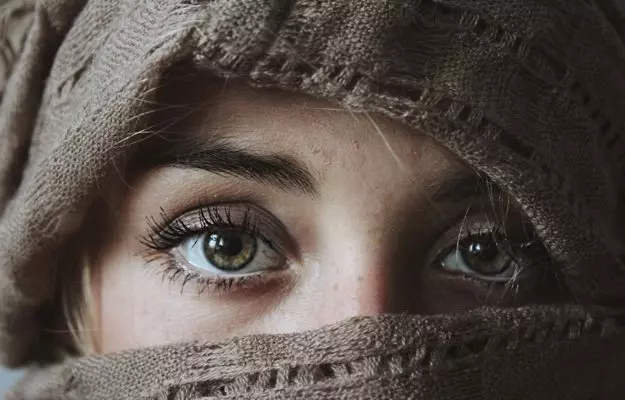Eyelid twitching or eye twitching, called myokymia in formal terms, refers to the involuntary jerk of the eyelids. This occurs due to the convulsion of the orbicularis muscle, which controls the functioning of the eyelids.
Eyelid twitching is usually non-symptomatic and is likely to resolve on its own within a few days. It is not a matter of medical concern. Rarely, it may be indicative of an underlying disorder or condition. If you experience these twitches chronically, you must inform your ophthalmologist. Also, stress and lack of sleep are risk factors for twitching, so, efficient management of these can be helpful.
This article explores the causes, symptoms, types and treatment of myokymia. You'll also know about the ways in which you can prevent this condition.
Find best medical apps







































